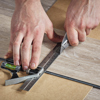In commercial projects, a design must maximize the functionality of the space, and flooring is no different. While with true hardwood floors, it’s common practice to lay the planks perpendicular to the floor joists for added stability, you are not required to do so with luxury vinyl. One of the benefits of choosing Karndean Designflooring is that you have complete control over the lay pattern of the floor because our planks and tiles come individually and are multi-directional. Here are our tips for creating a floor layout that makes the best use of a space.
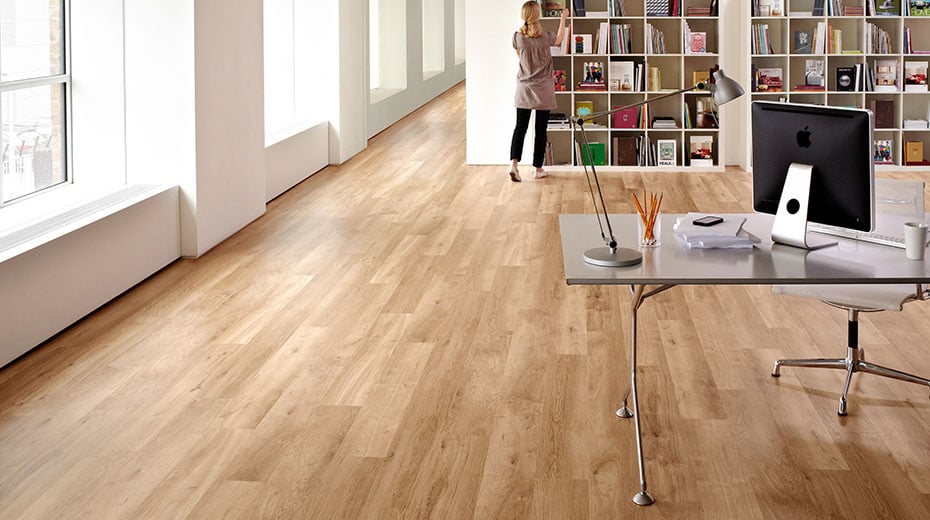
Follow the Footpath
Like many commercial design elements, the floor should be laid with respect to the pattern of foot traffic. Many designers and project managers worry that if they lay the floor any way other than straight, it will increase the cost, but in most cases, this isn’t true because installers can reuse pieces of product that have been cut.
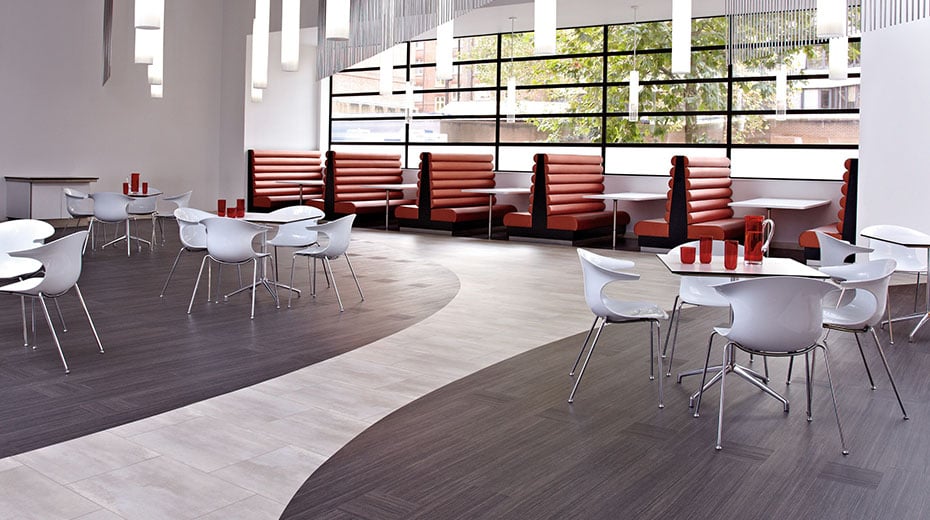
Facilitate Traffic Flow
While you should lay flooring that follows the footpath, you can also use flooring to guide the way foot traffic flows through the space. Through wayfinding, you can guide employees, customers or patients to a particular part of a space. A retail environment is likely the first thing that comes to mind when you hear wayfinding, because you can determine which sections or displays a customer visits first and which display they should visit next.
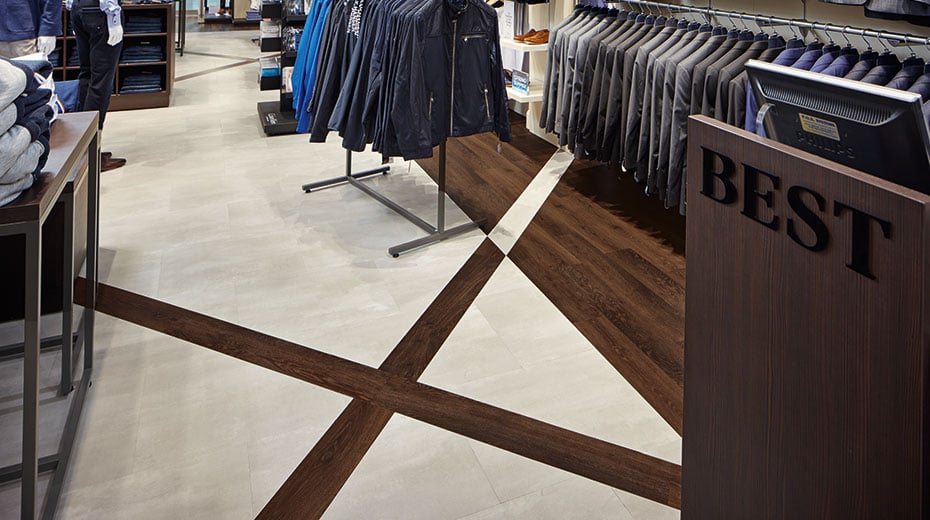
Zone by Function
In environments like offices, student unions or assisted living facilities, you can zone off areas of a larger space based on its function. For example, lay the flooring in a seating area differently than along the main footpath. You can even create your own transition-free area rug, as shown in the herringbone “rug” below or and mix wood and stone looks to help delineate long hallways.
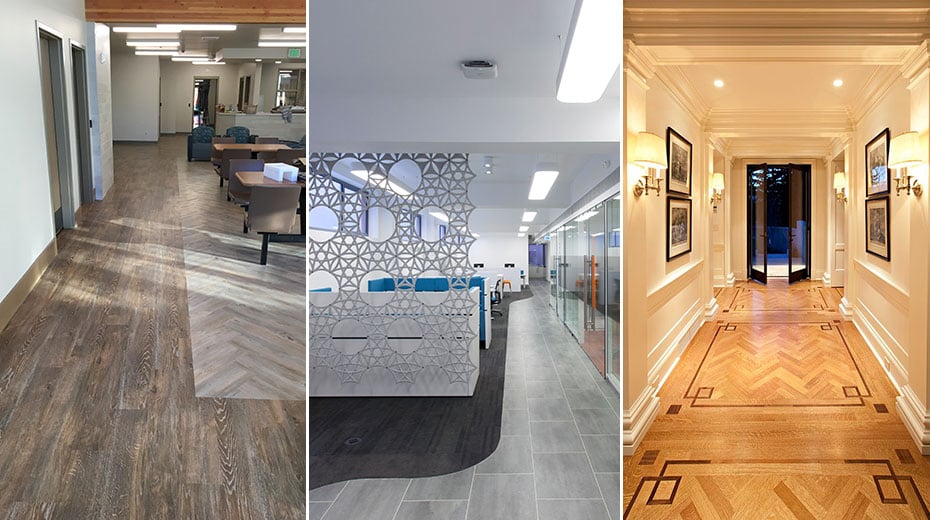
Add Visual Interest
In spaces where wayfinding or zoning would not make sense, like in a long school or hospital hallway, use Designflooring to add some visual interest to your design. You could add repeating panels (similar to the area rug concept) or incorporate a pattern. Use our pattern guide for additional inspiration. Whether you’re designing a large education space with a lot of different functions or a smaller office environment, you can use Designflooring to create a layout that shapes the flow of traffic and maximizes the space.
Hallway inset image sourced from Pinterest; all others are Karndean Designflooring.

